While it might appear to be just a minor issue, you should not dismiss it if your car starts to shake when the AC is activated. A lot of individuals assume that it’s an AC malfunction. Contrarily, numerous different problems could be prompting your car to shake when the AC is activated.
It could be a fault with the AC compressor belt/clutch, the compressor itself, the AC hoses, and a cluster of other possible causes. Let’s discover the culprits behind this common car issue and how to fix it.
We’ll discuss detailed descriptions and fixes when you discover that your vehicle vibrates when the AC is on. With these, you will be able to choose the suitable repairing for your issues.

How does the AC system work?
Before we go any further, it’s best to understand the inner workings of your car’s AC. Don’t be like, “as long as I press a button and a cold blast of air comes on, I don’t need to know how.”
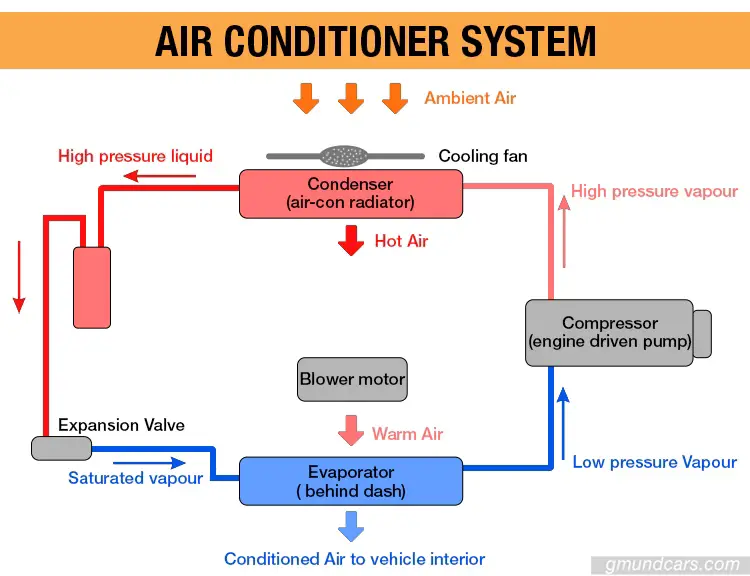
Your car’s AC system works by cycling refrigerant. The system converts the refrigerant from a gas into a liquid and then back to gas. This process allows the refrigerant to absorb heat and humidity from the car. At the same time, the system can give off cool, dry air.
A car AC has four main parts:
- Compressor: This is the main component. The serpentine belt powers it. The compressor (from its name) compresses the refrigerant from a low-pressure gas into a high-pressure gas form.
- Condenser: The high pressure created in the compressor pushes the gas out and through the AC hoses into the condenser. This part is much like an engine radiator. It allows the AC to contact outside air where the refrigerant’s temperature reduces. As the refrigerant cools, it changes from a gaseous state to a liquid.
- Drier: The refrigerant moves from the condenser to the drier in a liquid state. This feature removes moisture using a drying agent. It also filters the liquid and sends it to the metering device.
- Metering Device: This part depends on your system. It can be a fixed orifice tube or expansion valve. It is the low-pressure side, so it causes the temperature of the refrigerant to drop quickly. The refrigerant leaves the metering device still in liquid form.
- Evaporator: This component is inside the passenger compartment, behind the dashboard. Here, the refrigerant changes into a gaseous state. This process causes a cooling effect. At this point, you’ll notice a cooling effect in the cabin as the air blows in the evaporator.
Read more: My Car AC Sometimes Works Sometimes It Doesn’t: Why and How to Fix
What should i do when my car shakes when the AC is on?
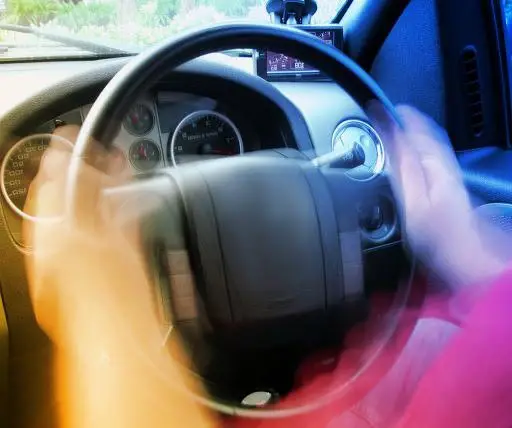
Credit: tuningblog.eu
The air conditioning system is vital for a comfortable ride, especially in summer. In most cases, it’s not a severe problem. As such, it’s not urgent enough to warrant cutting short your trip. However, it would be best if you didn’t take too long to know the cause of the issue. This is because it can lead to engine failure.
Some of the problems you can fix at home. For example, if the cause of the problem is a missing refrigerant, all you need is to recharge it. Note that it’s still an intricate process. So, if you’re not comfortable with DIY stuff, you should use the services of a professional mechanic.
Causes and how to fix this problems
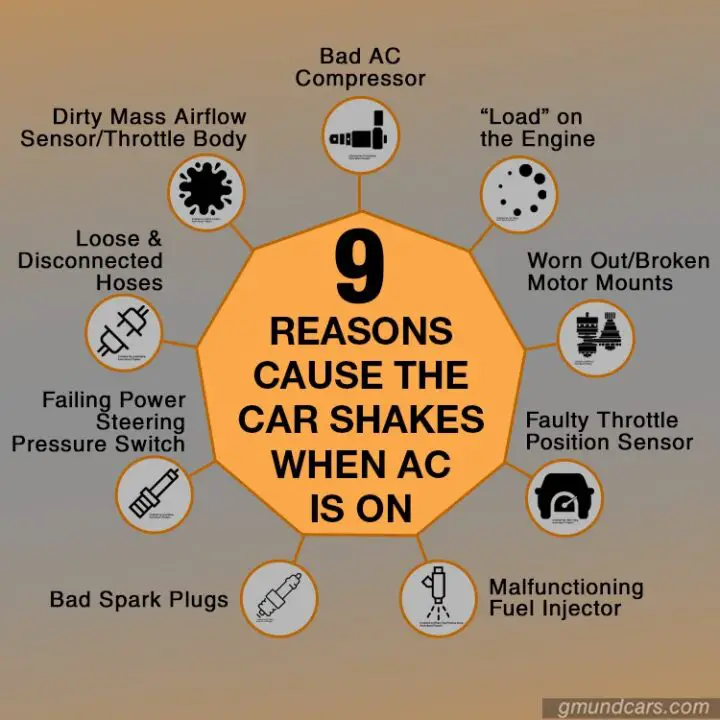
Bad AC compressor
Credit: quora.com
As we’ve said, an AC compressor is similar to a small engine. When you turn it on, it puts a lot of strain on the engine. As such, any weakness in the AC system, such as the AC not being able to send the right level of refrigerant, can cause shaking and vibrations.
The only way to diagnose this problem is by observing what happens when you accelerate. By this, you’ll want to accelerate when the AC is on and off. If there’s a difference in accelerating the car, you will need to replace the compressor.
Besides, the refrigerant also influences the clutch. This is because the clutch allows the compressor to pressurize the refrigerant. If it’s low, the clutch refuses to engage.
If this is the case, you will need to recharge your AC system. And, don’t overcharge it as it will cause a similar problem of the vehicle shaking when the AC is on.
Read more: How To Discharge AC System In Car
“Load” on the engine
The vehicle’s engine activates the air control motor and idle speed components whenever you turn on the AC. A forced induction and compressor system puts extra demand on the engine due to the high-tech insulation.
The result is almost always vibrations when the load is above the set limit. If the demands continue to increase, the extra strain causes some engine components to wear out. While this is one of the reasons for the vehicle shaking, an obstruction in the cooling system or a faulty cooling fan could be the culprit.
That’s why it’s best to have your vehicle checked out by a mechanic as soon as possible.
Worn out or broken motor mounts
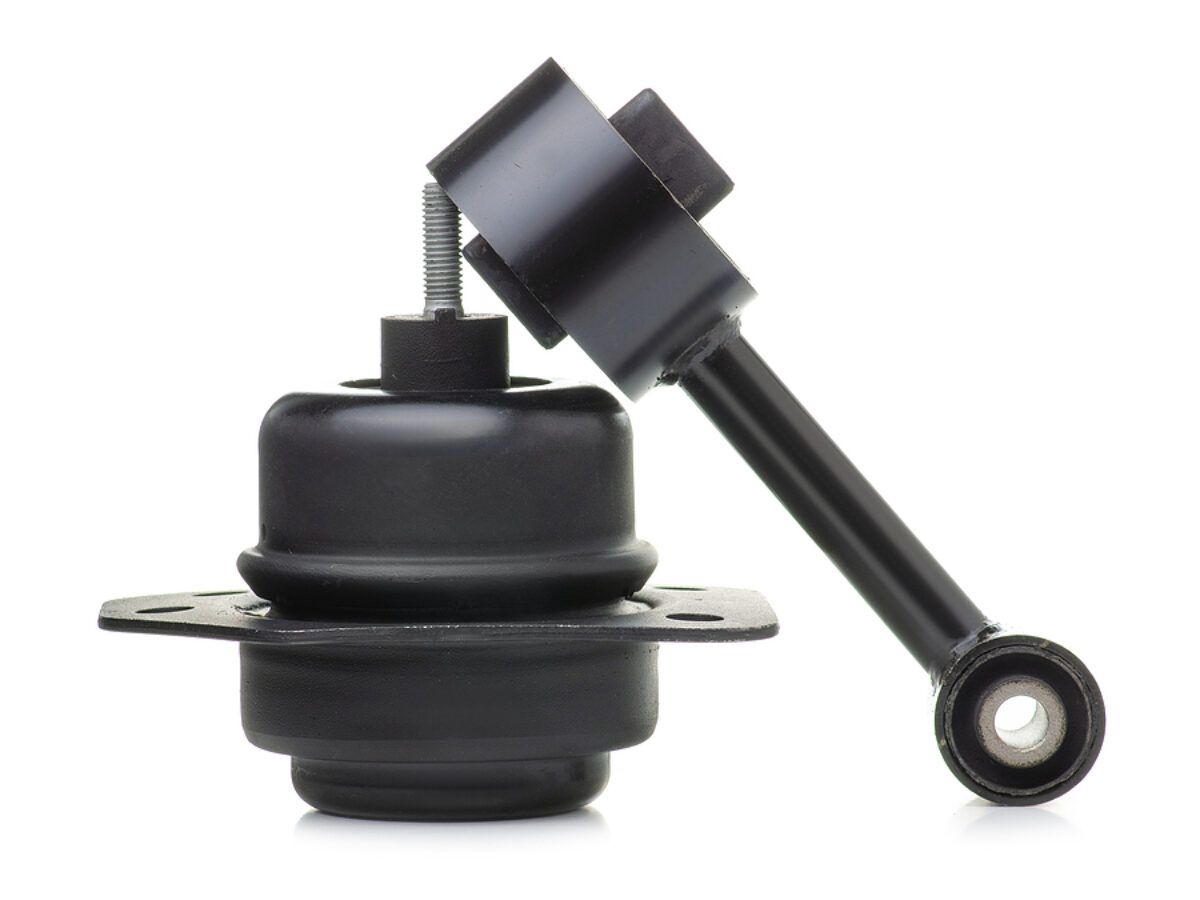
Broken or worn-out engine mounts cause a car to shake when you turn on the AC. The engine mountings hold the engine and suspension in place. On the other hand, the mounts maintain the transmission and engine at the right suspension angle.
When your AC is on, it puts strain on the mounts. Therefore, when the mounts are broken or worn out, they cannot tolerate the AC load, hence the shaking. You’re likely to experience clicking noises or the car jerks when you turn on the AC.
If this happens, you will need to visit a mechanic and ask them to check if the mounts are in the proper condition or need replacing.
Faulty throttle position sensor
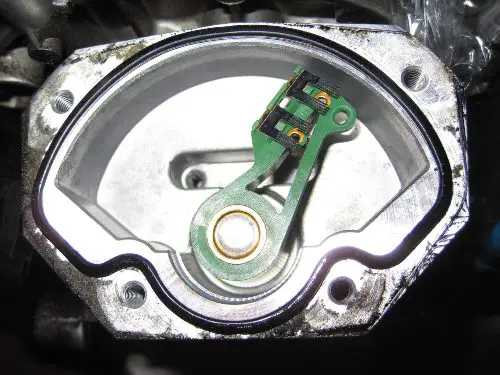
The TPS (throttle position sensor) has the job of monitoring the engine’s air intake. It keeps track of how far the throttle valve can be opened. This process is determined by how far down you have pushed the gas pedal.
When the TPS is faulty, it cannot control a vehicle’s RPMs. So, when you turn on the AC, the RPMs are inconsistent, thus causing the shake. This issue is accompanied by uneven idle such that the vehicle cannot maintain constant engine speed when it’s still.
When this happens, it’s best to replace the TPS sensor. You can do this at home even if you’re not familiar with the throttle system. If you’re not comfortable, a professional can do it for you without charging an arm and a leg.
Malfunctioning fuel injector
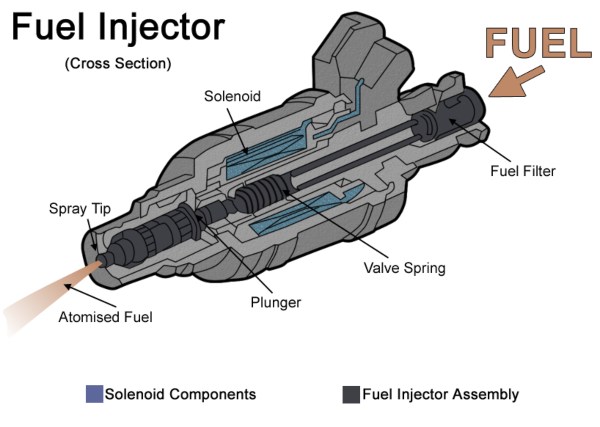
Fuel injectors are vital to the engine’s performance and running. They deliver fuel at the right time to ensure efficient and clean combustion. The system uses electronically controlled valves that open and close multiple times a second.
When you have malfunctioning fuel injectors in a car, it not only has a rough idle, but it will start to shake when the AC is on. It’s likely that the fuel injectors are clogged. The best way to prevent this situation is by cleaning fuel injectors every time you maintain your vehicle.
Bad spark plugs
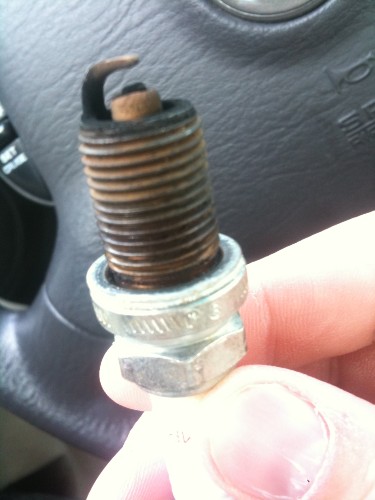
Spark plugs should have no damage on their electrodes. They should also be clean. As such, they can create the spark that starts the combustion process. When the spark plugs cannot deliver power and speed to the engine’s ignition, a vibrating vehicle when the AC is on is not the only problem you will encounter.
The engine will misfire, and it will not run smoothly. Add that to the demands on the AC on the engine, and the result is shaking.
This problem is relatively easy to fix, but a mechanic should undertake it. Still, you don’t want to wait long as it can cause more issues that need lots of money to fix.
Failing power steering pressure switch
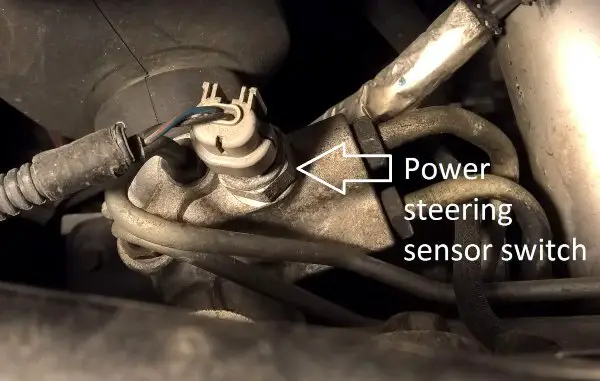
The work of the power steering pressure switch is to feed information about the requirements on the power steering to the engine’s control module.
A failing power steering switch shows the system is always on or off. Hence the check engine light will come on. You will notice that the engine bogs down, and then it surges when the engine is on idle or during low-speed parking maneuvers.
Because of the extra load, the AC will add pressure to the engine, and vibration will occur. Replacing the power steering switch is not complicated. However, it still needs to be diagnosed by a professional.
If you’re sure the cause of the shaking when AC is on is a failing power steering switch, go ahead and replace it.
Here’s how to go about it.
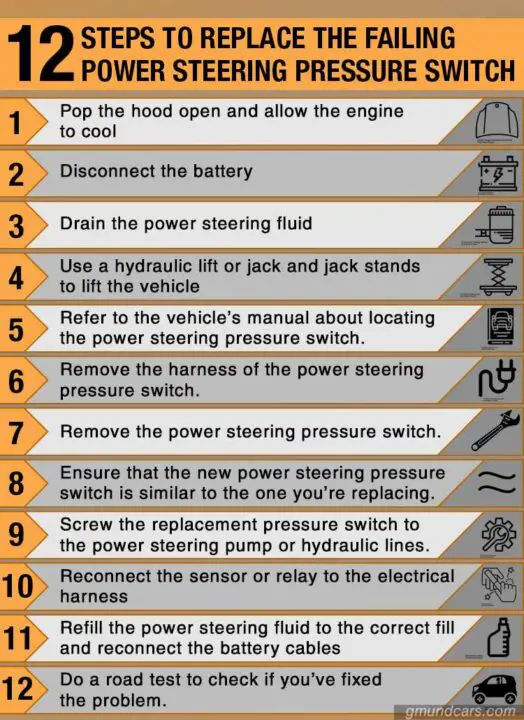
- Pop the hood open and allow the engine to cool
- Disconnect the battery
- Drain the power steering fluid
- Use a hydraulic lift or jack and jack stands to lift the vehicle
- Refer to the vehicle’s manual about locating the power steering pressure switch. The typical process involves removing the engine cover, hoses, air filter, and battery.
- Remove the harness of the power steering pressure switch
- Remove the power steering pressure switch. You may need a wrench if it’s attached to the hydraulic line.
- Ensure that the new power steering pressure switch is similar to the one you’re replacing.
- Screw the replacement pressure switch to the power steering pump or hydraulic lines.
- Next, reconnect the sensor or relay to the electrical harness
- Refill the power steering fluid to the correct fill and reconnect the battery cables
- Now, do a road test to check if you’ve fixed the problem.
Read more: How to use a socket wrench [with infographics]
Loose or disconnected hoses
There are times when a disconnected or loose hose can cause vibrations. The AC hoses are the weakest part of the AC system. Being made of flexible rubber, they can become displaced or loose from the engine mount. When this happens, the result is a car that shudders whenever the AC is on.
To this end, the only way to know if you have loose or disconnected hoses is by inspecting them. Then, tighten them or connect them back to the engine mount.
Dirty mass airflow sensor and throttle body
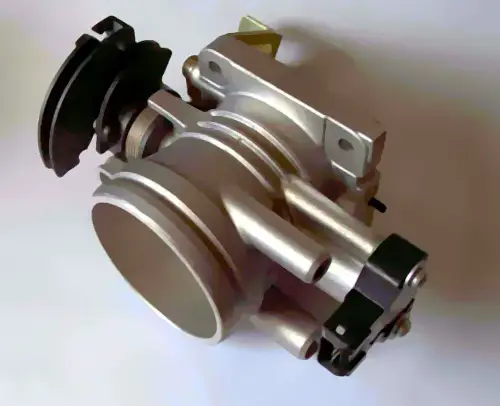
The mass airflow system is part of the electronic fuel injection system. It calculates the ideal amount of air that should enter the engine. On the other hand, the throttle body maintains the airflow system in a car’s engine.
When the mass airflow sensor and throttle body are dirty, the vehicle will run too lean or rich. The engine runs rough, or it backfires. This will cause vibrations when the AC is on.
The only fix is to clean the mass airflow sensor and the throttle body.
How much will it cost if i fix the vehicle in the repair shop?
A smooth-running vehicle makes things better in traffic. And especially in the heat of summer, you’ll want the AC to be working in tip-top condition.
Depending on the cause of the shakes when the AC is on, it can cost anywhere from $150 to $1000. For example, if you need the AC inspected, which leads to top it up with Freon, it will cost around $150-$275.
If complex repairs are needed, like replacing motor/transmission mounts, the mechanic will charge from $200-$400. This is because it requires skills to install and realign the mounts. So, the labor is more than the parts.
And, if you need a new compressor, it will set you back $500-$1000 to buy and replace it.
Conclusion
The car shakes when AC is on is the problem that needs to be fixed.
You now know that the underlying issue is not just because of a malfunctioning AC system. Other reasons such as loose hoses, dirty throttle body, engine load, and others can also cause the vehicle to vibrate when you turn on the AC.
We hope you can find the issue affecting your vehicle and the ideal fix according to our suggestions. Don’t go on wondering why you’re experiencing shaking problems. Go on and find the repair that works for your car.
Read more: Engine Hot AC Off: What Does It Mean And How To Fix It?